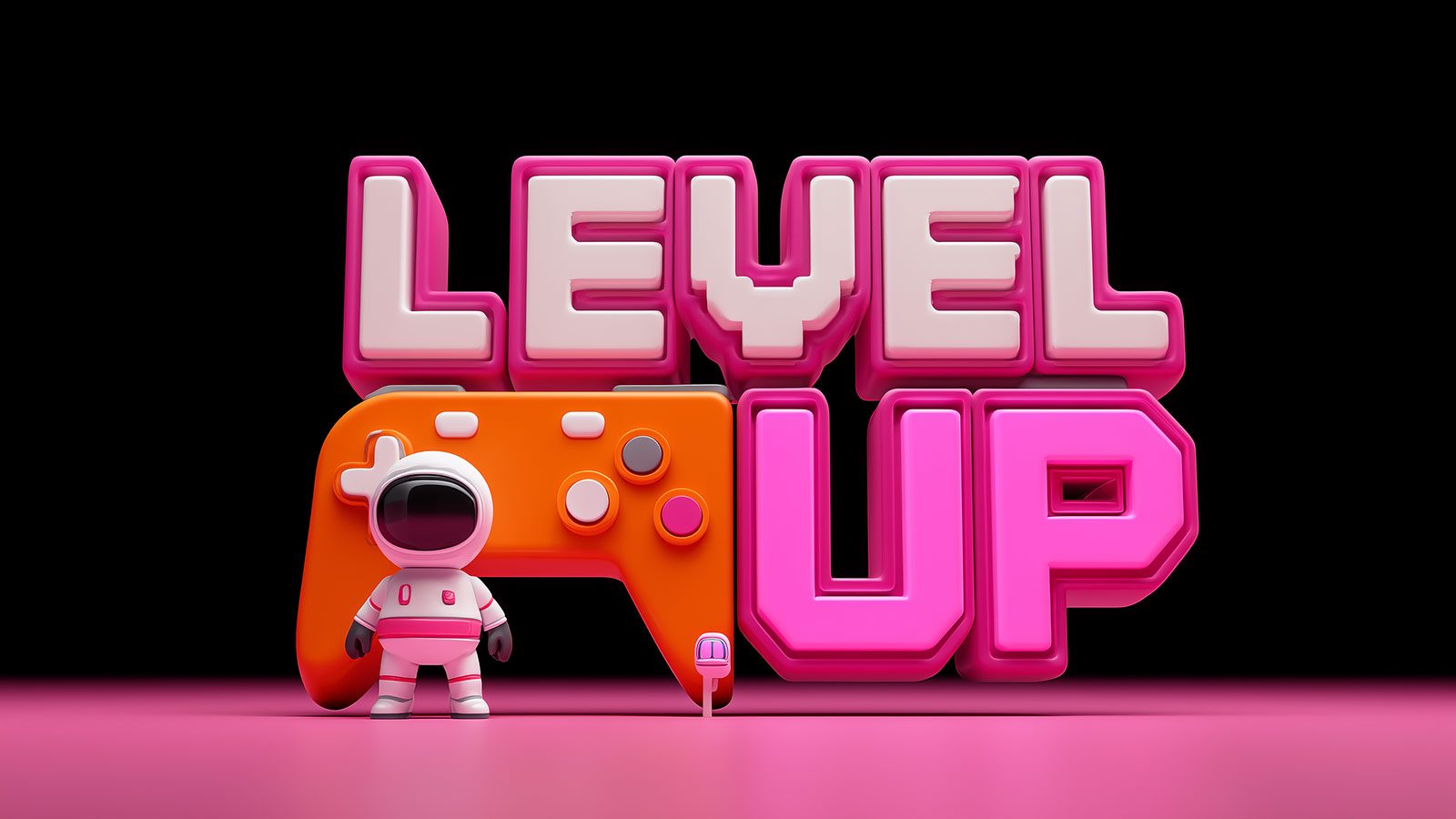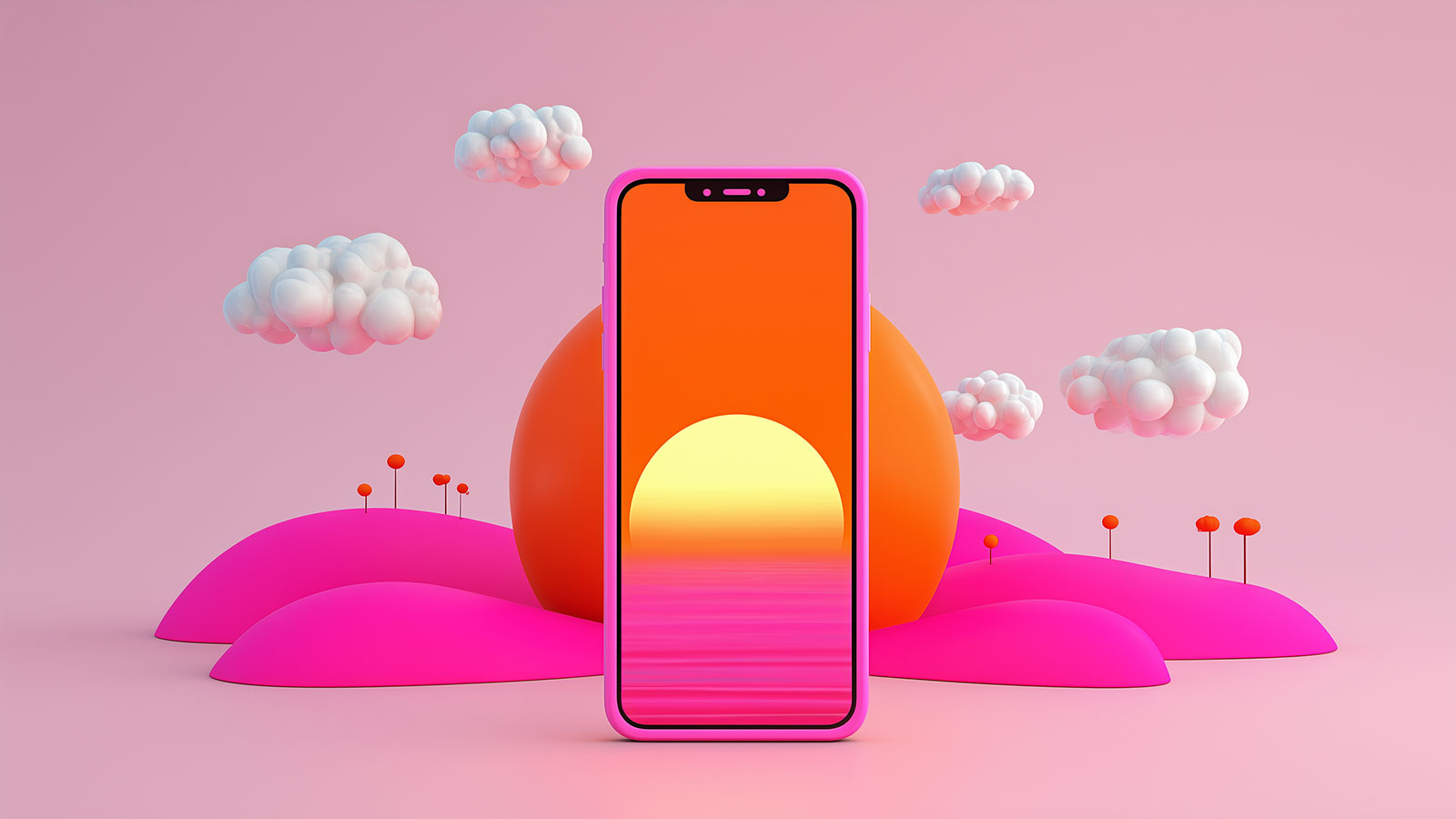Level Up Your Mobile Game: Using Contextual AI for Player Retention and Monetization


Introduction
In the mobile gaming world, getting downloads is only half the battle – the real challenge is keeping players coming back and monetizing them without ruining the fun. Game developers know the pain: many players install a game, play once, and vanish. In fact, industry stats show Day-1 retention rates for mobile games can be as low as 25-40%, plummeting by Day 7 for many titles. Churn rates are high, and acquiring new users keeps getting more expensive. How can gaming studios improve retention and LTV? A promising answer is context-aware, on-device AI. By leveraging real-time signals about a player’s environment and behavior, a context platform can pinpoint the ideal moments to engage players or show offers. The result: players feel the game just “gets them,” leading to higher engagement and revenue. In this article, we’ll explore how ContextSDK – with its ContextPush and ContextDecision tools – helps gaming apps send perfectly timed nudges, optimize ads vs. in-app purchases, and ultimately create a more immersive, player-friendly experience.
The High Score Challenges: Retention & Monetization in Gaming
Mobile gaming faces a few critical hurdles today:
- Player Retention: Many games struggle to keep players beyond the first few days. Usage metrics like Day 7 or Day 30 retention often fall short, meaning a large chunk of players never fully experience the game. Poor retention not only hurts community building but also slashes potential revenue per user.
- Monetization vs. Experience: Balancing revenue (from ads, in-app purchases, or subscriptions) with a fun user experience is tricky. Push too hard with ads or paywalls at the wrong time, and players churn out of frustration. Monetization opportunities are often missed or mis-timed because every player’s tolerance is different.
- Data Overload, Underutilized: Games generate tons of data on player behavior, but it’s fragmented. Many teams underutilize real-time context – like what state the player/device is in when playing. This can lead to one-size-fits-all engagement tactics that don’t resonate with individuals.
- Re-Engagement Difficulties: Bringing players back after they leave is expensive and challenging. Generic push notifications (“Come back and play!”) often get ignored or, worse, annoy users at the wrong moment (like during work or sleep).
These issues are interconnected. Nail retention, and monetization usually improves (because engaged players are more likely to spend on IAPs or view ads). Solve monetization intelligently, and it can fund user acquisition to bring in more players. Contextual on-device AI targets both sides by increasing engagement and optimizing revenue triggers.
Why On-Device Contextual AI is a Game Changer
Imagine if your mobile game could sense when a player is in the perfect mood or situation to play a session, buy that power-up, or watch an ad. That’s what context-aware AI enables – it adds a layer of real-world intelligence to your game’s engagement strategy:
- Real-World Personalization: ContextSDK’s on-device AI analyzes over 200 signals (time of day, motion sensor, device state, and more) to understand the player’s current context. Is the player likely relaxing at home on a tablet on a weekend, or squeezing in a quick game on their phone during a commute? The game can adjust its approach accordingly – perhaps surfacing a longer mission vs. a short challenge, or deciding if it’s a good moment to prompt a social play invitation. This real-world alignment makes the game experience feel tailored and keeps players hooked longer.
- Intent-Aware Engagement: Using ContextPush, the game can send notifications or in-app messages only when the player is most likely to re-engage. For example, instead of blasting a push notification at a standard fixed interval, the system might detect an “idle moment” – the user’s device is unlocked after a period of inactivity in the evening – and then send a prompt: “Your base needs you! Come defend it now for a reward.” Hitting these golden moments can significantly boost re-open rates. As one insight notes, timing engagement during naturally idle times (like a quiet morning) can “significantly increase retention by providing value at the right time.”
- Monetization Optimization: Context-aware AI shines here via ContextDecision. The platform can decide when and what monetization to show, in real time. For instance, if a player just finished a tough level (feeling achieved and happy), it might be the perfect time to offer a special IAP bundle (and not show an ad, to capitalize on their willingness to invest). Conversely, if the player has been on a long session and might be getting fatigue, the AI could choose to present a rewarded ad for a break rather than pushing a purchase. ContextDecision dynamically chooses between an upsell or an ad based on factors like session length and engagement intensity. By reading the room, it maximizes revenue opportunities without souring the user experience.
- Seamless Integration & Performance: Because the AI runs on-device, these decisions happen instantly and privately. There’s no server lag, which is crucial during gameplay (nobody wants a freeze because your app is thinking whether to show an offer). And since personal data isn’t shuttled to a server, users are less likely to be concerned about data privacy. The SDK can plug into your game with minimal code, feeding context insights into your analytics and engagement logic smoothly.
Contextual Use Cases for Gaming Apps
Let’s dive into concrete examples of how gaming studios can apply ContextSDK’s capabilities:
- 1. Level-Up Rewards at the Perfect Time: Your game wants to sell a special “Level-Up Bundle” (extra lives, gear, etc.) when a player levels up. Instead of a generic pop-up, use ContextDecision to check the context. If the player leveled up at 2 AM after a long session, maybe hold off – they might be tired and close the game. But if they level up during a regular play time when they often make purchases, trigger the offer immediately. ContextSDK can even factor in device state – say the player just plugged in their phone (a sign they’ll stay longer). Delivering the offer right when the player is most engaged (e.g., right after completing a big challenge) makes it feel like a natural extension of their win, rather than a sales pitch.
- 2. Smart Re-Engagement Nudges: Bring back lapsed players with well-timed incentives. Instead of sending all players a push at noon, you might configure ContextPush to send a notification when each individual player is likely to be free. For one player that might be 8 PM after work; for another, 7 AM during breakfast. The content could be something like “We saved a power-up for you – come claim it!” or highlight a new event in-game. By waiting for moments when the user is likely to respond (phone usage patterns, etc.), these nudges feel more like helpful reminders and can dramatically improve retention. In practice, games using context-aware push have seen easier win-back of dormant users, effectively increasing Day 7+ retention without additional ads spend.
- 3. Adaptive Ad vs. Purchase Decision: Suppose your game offers both ads (for rewards) and in-app purchases. A one-size-fits-all approach might annoy some whales by pushing ads, or leave ad-loving free players un-monetized by showing only purchase offers. ContextDecision can gauge the situation: if the user has been playing for a long uninterrupted session (signalling high engagement), maybe an interstitial ad would harm their flow – so offer an in-app discount instead. If the user is on a short session or low engagement (maybe likely to drop soon), showing a quick rewarded ad could monetize that session without asking for commitment. This tactical switching can improve overall ARPDAU (average revenue per daily active user) by extracting value where possible while keeping the experience smooth.
Achieving Results: More Playtime, More Revenue, Less Churn
Contextual AI is yielding impressive outcomes for those gaming apps that harness it:
- Improved Retention Metrics: Through personalized timing of engagement (in-game and via push), games see upticks in Day 7 and Day 30 retention. One reason is players receive fewer disruptive prompts and more well-timed ones. As noted in a gaming retention analysis, recognizing the best times to engage users – for example, sending notifications during naturally idle moments – “boosts retention effortlessly.” Engaged players stick around, which means a larger active user base over time.
- Higher Monetization (Without Backlash): By optimizing when to show offers, context-aware games often see better conversion rates on both IAPs and ads. Players are more likely to spend when offers feel relevant and well-timed. And because the AI avoids bad moments (like spamming a tired player), there’s less irritation and fewer rage-quits due to monetization. ContextSDK’s approach of choosing upsell vs ad dynamically has been key for apps to maximize revenue per user gently.
- Enhanced Player Experience: Perhaps the hardest to measure but easiest to feel – the game just feels more player-centric. The pacing of notifications, ads, and offers aligns with the player’s mood and schedule. This leads to qualitative feedback like “I love that this game isn’t pushy” or reviews noting how the game’s reminders are “helpful, not annoying.” Additionally, because all this is done with on-device processing, players’ personal data (location, habits) stays on their phone, which is a big trust factor. Privacy in gaming is increasingly important, and being able to say your app uses AI to improve gameplay without spying on players builds goodwill. The context platform’s privacy-first design (no personal data leaves the device) ensures compliance and user comfort by default.
Conclusion
The future of mobile gaming belongs to apps that understand their players on a deeper level. By shifting from generic behavior analytics to intent and context detection, game developers can engage players in a way that feels organic and impactful. On-device AI solutions like ContextSDK give you the superpower of timing – knowing when to prompt, when to monetize, and when to simply let players enjoy the game. The payoff is a win-win: players enjoy a more personalized, less intrusive experience, and studios reap the benefits of loyalty and steady revenue streams. In an industry where one bad ad can lose a user forever, contextual awareness might just be the cheat code for retention and growth. Game on!






